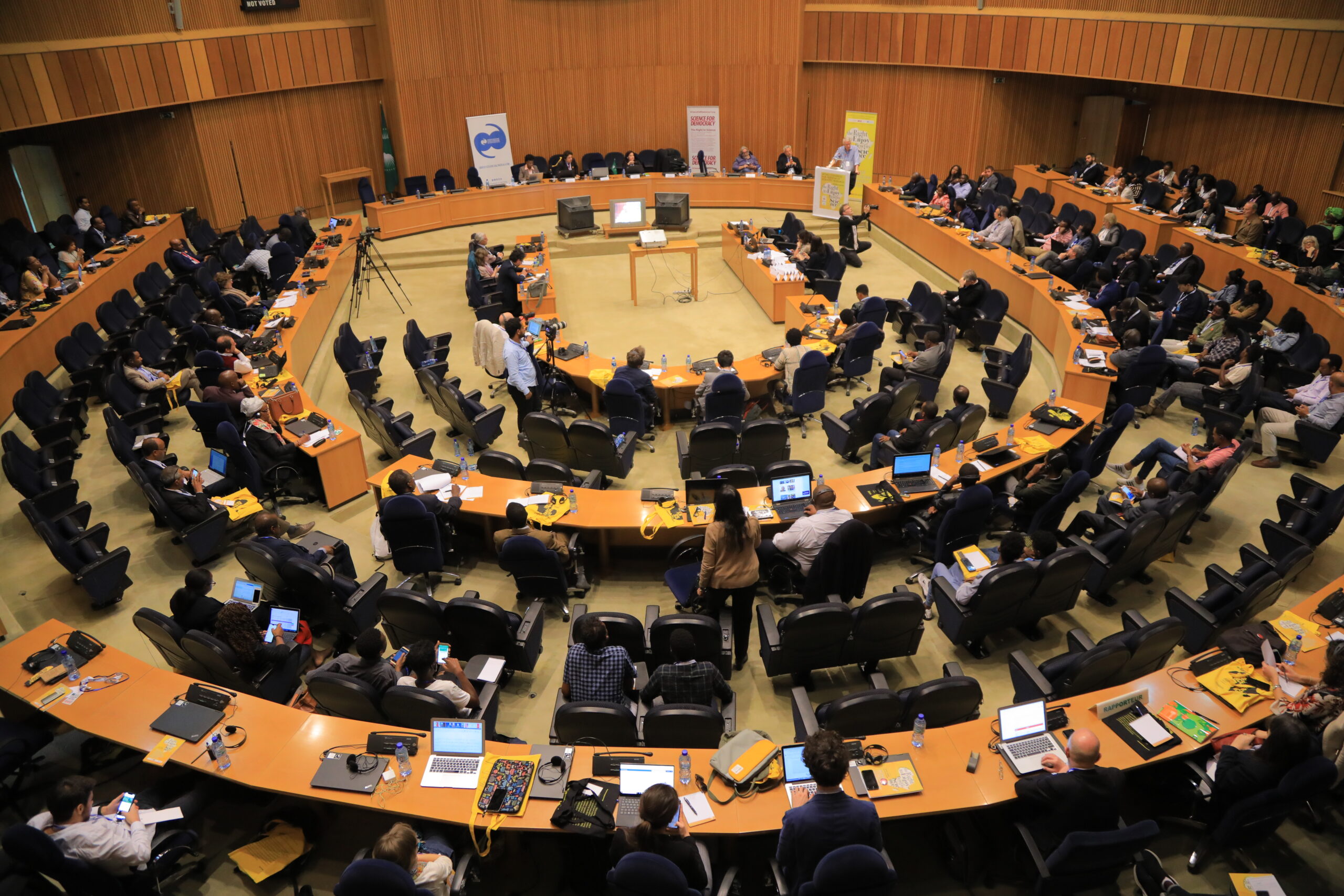
Never have the scope and limits of scientific freedom been more important or more under attack. New science, from artificial intelligence to genomic manipulation, creates unique opportunities to make the world a better place. But it also presents unprecedented dangers, which many believe threaten the survival of humanity and the planet.
This collection, by an international and multidisciplinary group of leading thinkers, addresses three vital questions:
(1) How are scientific developments impacting on human life and on the structure of societies?
(2) How is science regulated, and how should it be regulated?
(3) Are there ethical boundaries to scientific developments in some sensitive areas (e.g. robotic intelligence, biosecurity)?
The contributors are drawn from many disciplines, and approach the issues in diverse ways to secure the widest representation of the many interests engaged. They include some of the most distinguished academics working in this field, as well as young scholars.
- Part I: Freedom of science: Promises and hazards
- Introduction to Part I
By: Simona Giordano, John Harris and Lucio Piccirillo
Pages: 3–18 (16 total)
Download PDF - Chapter 1: The influence of infection on society
By: Peter Lachmann
Pages: 19–31 (13 total)
Download PDF - Chapter 2: Scientific progress and longevity Curse or blessing? By: Simona Giordano
Pages: 32–56 (25 total)
Download PDF - Chapter 3: Reproductive technologies and the family in the twenty-first century
By: Daniela Cutas and Anna Smajdor
Pages: 57–70 (14 total)
Download PDF - Chapter 4: New frontiers in surgery
The case of uterus and penis transplantation
By: Gennaro Selvaggi and Sean Aas
Pages: 71–91 (21 total)
Download PDF - Chapter 5: Freedom, law, politics, genes
The case of mitochondrial transfer
By: Iain Brassington
Pages: 92–104 (13 total)
Download PDF - Chapter 6: Scientific freedom and responsibility in a biosecurity context
By: Catherine Rhodes
Pages: 105–120 (16 total)
Download PDF - Chapter 7: Robotic intelligence. Philosophical and ethical challenges
By: David Lawrence
Pages: 121–132 (12 total)
Download PDF - Chapter 8: Big science and small science. Reflections on the relationship between science and society from the perspective of physics
By: Lucio Piccirillo
Pages: 133–140 (8 total)
Download PDF
- Introduction to Part I
- Part II: Freedom of science and the need for regulation
- Introduction to Part II
By: Simona Giordano, John Harris and Lucio Piccirillo
Pages: 143–149 (7 total)
Download PDF
- Chapter 9: Advocating a radical change in policies and new models to secure freedom and efficiency in funding and communication of science
By: Andrea Ballabeni and Davide Danovi
Pages: 150–161 (12 total)
Download PDF - Chapter 10: Freedom of research and the right to science From theory to advocacy
By: Andrea Boggio and Cesare P. R. Romano
Pages: 162–175 (14 total)
Download PDF
- Chapter 11: The donation of embryos for research Maintaining trust
By: Heidi Mertes
Pages: 176–184 (9 total)
Download PDF - Chapter 12: From Galileo to embryos and narcotic drugs The quest for the right to science
By: Marco Cappato Pages: 185–200 (16 total)
Download PDF - Chapter 13: Science, self-control and human freedom A naturalistic approach
By: Gilberto Corbellini and Elisabetta Sirgiovanni
Pages: 201–211 (11 total)
Download PDF - Chapter 14: Evidence-based policy and the precautionary principle Friends or foes?
By: Roberto Baldoli and Claudio M. Radaelli
Pages: 212–219 (8 total)
Download PDF - Chapter 15: Let freedom ring for science An American perspective
By: Mary Woolley
Pages: 220–224 (5 total)
Download PDF
- Introduction to Part II
- Conclusion
By: Simona Giordano
Pages: 225–230 (6 total)
Download PDF - Index
Pages: 231–234 (4 total)
Download PDF